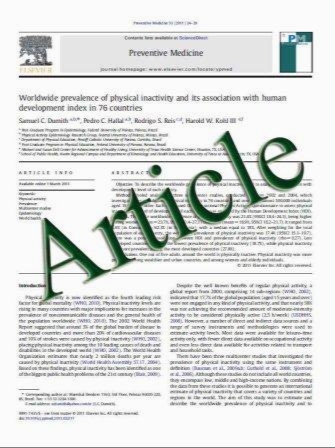Proliferation and differentiation potential of CD133+ and CD34+ populations from the bone marrow and mobilized peripheral blood
- نوع فایل : کتاب
- زبان : انگلیسی
- مؤلف : Irena Koutna & Martina Peterkova & Pavel Simara & Stanislav Stejskal & Lenka Tesarova & Michal Kozubek
- چاپ و سال / کشور: 2010
Description
CD34 is the most frequently used marker for the selection of cells for bone marrow (BM) transplantation. The use of CD133 as an alternative marker is an open research topic. The goal of this study was to evaluate the proliferation and differentiation potential for hematopoiesis (short and long term) of CD133+ and CD34+ populations from bone marrow and mobilized peripheral blood. Eight cell populations were compared: CD34+ and CD133+ cells from both the BM (CML Ph−, CML Ph+, and healthy volunteers) and mobilized peripheral blood cells. Multicolor flow cytometry and cultivation experiments were used to measure expression and differentiation of the individual populations. It was observed that the CD133+ BM population showed higher cell expansion. Another finding is that during a 6-day cultivation with 5(6)-carboxyfluorescein diacetate Nsuccinimidyl ester (CFSE), more cells remained in division D0 (non-dividing cells). There was a higher percentage of CD38− cells observed on the CD133+ BM population. It was also observed that the studied populations contained very similar but not the same pools of progenitors: erythroid, lymphoid, and myeloid. This was confirmed by CFU-GMand CFU-E experiments. The VEGFR antigen was used to monitor subpopulations of endothelial sinusoidal progenitors. The CD133+ BM population contained significantly more VEGFR+ cells. Our findings suggest that the CD133+ population from the BM shows better proliferation activity and a higher distribution of primitive progenitors than any other studied population.
Ann Hematol (2011) 90:127–137 DOI 10.1007/s00277-010-1058-2 Received: 29 April 2010 / Accepted: 17 August 2010 / Published online: 4 September 2010


